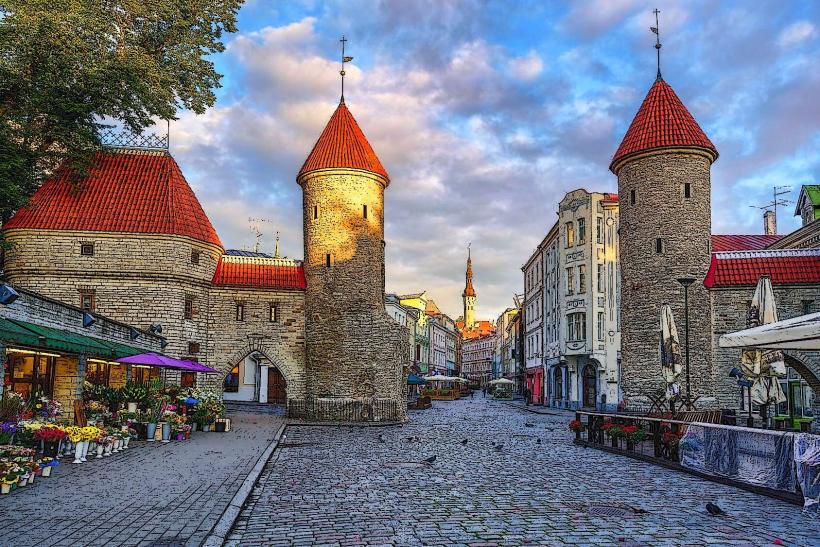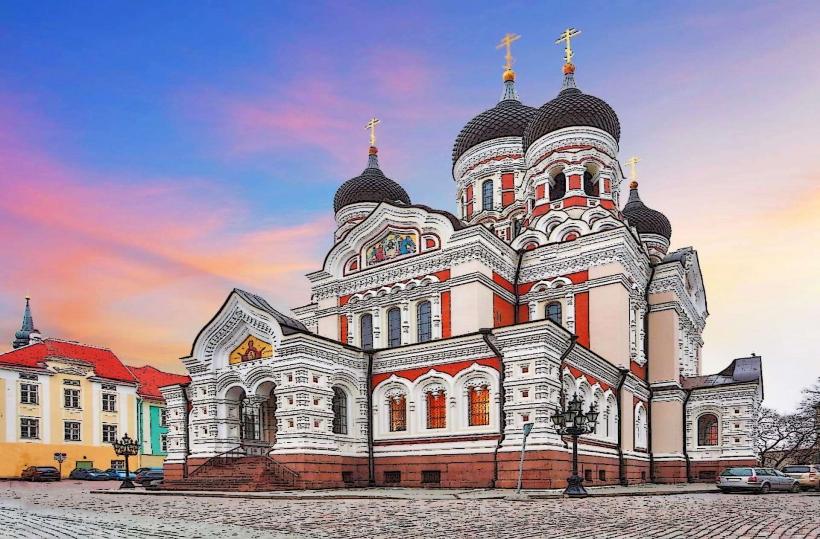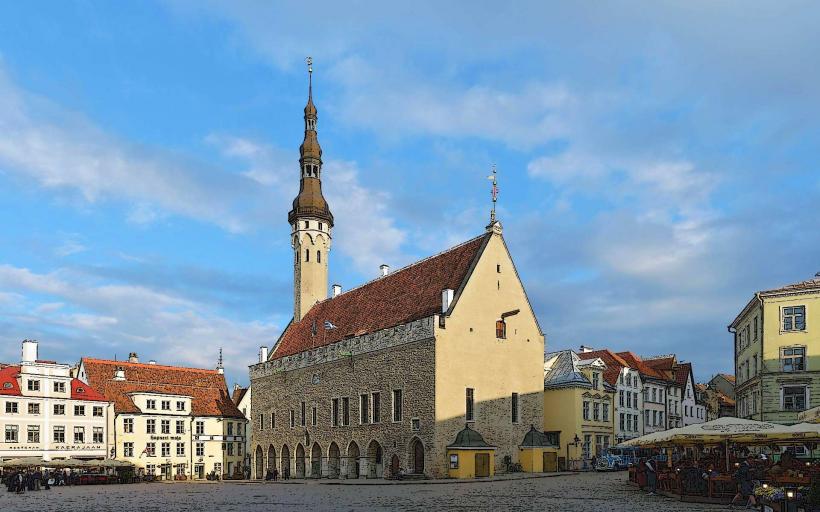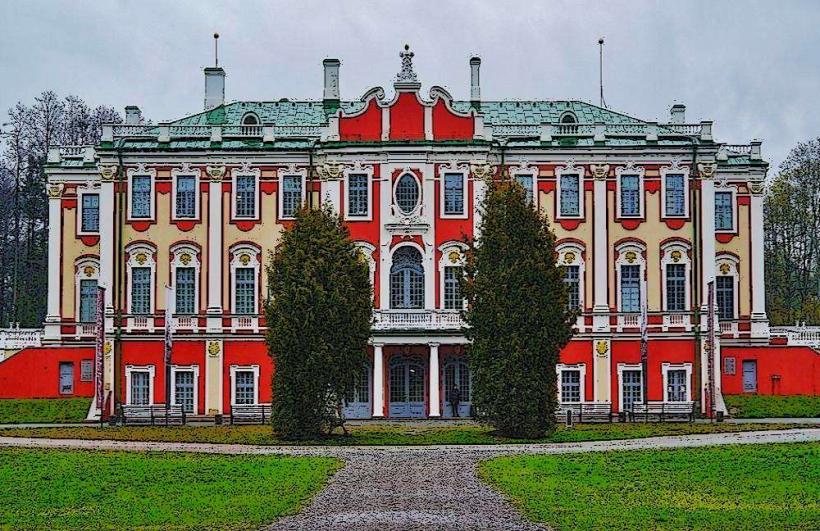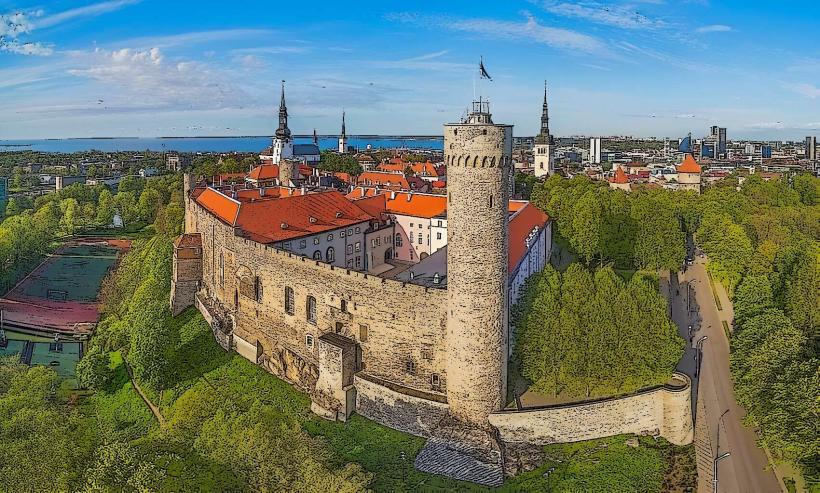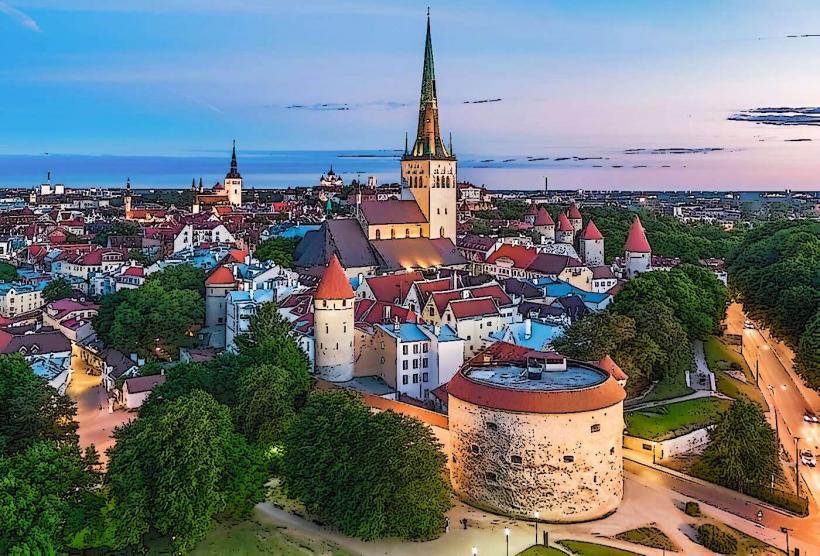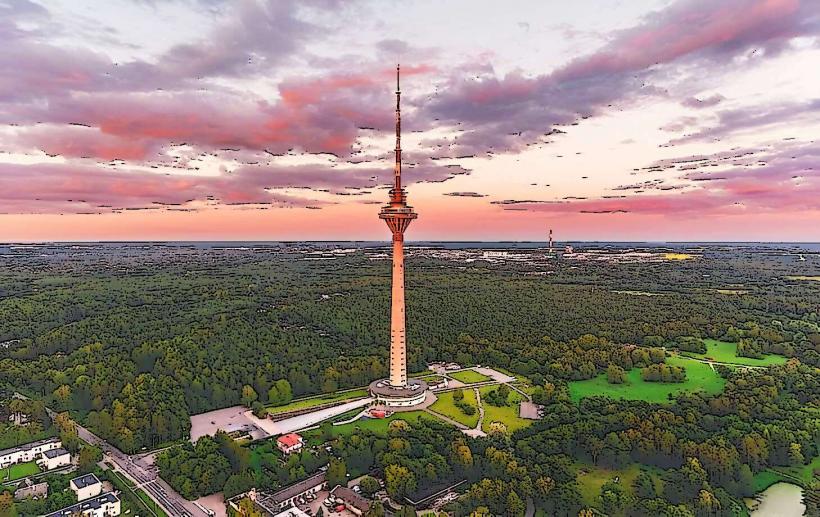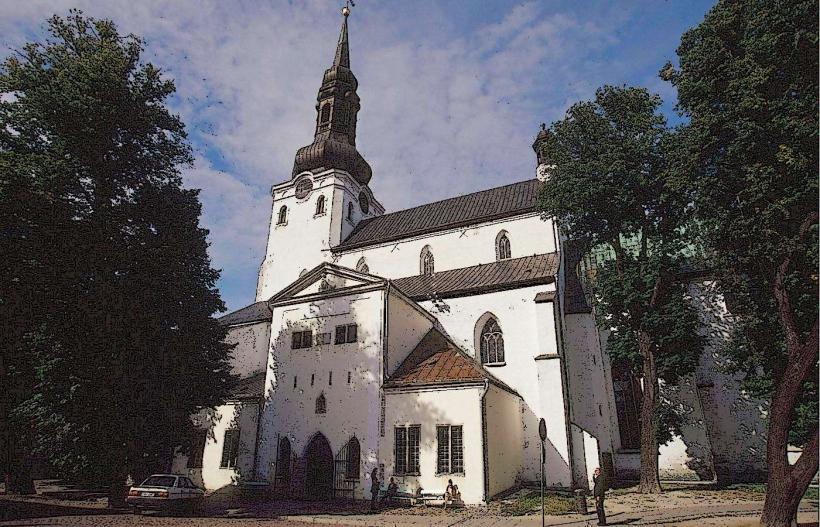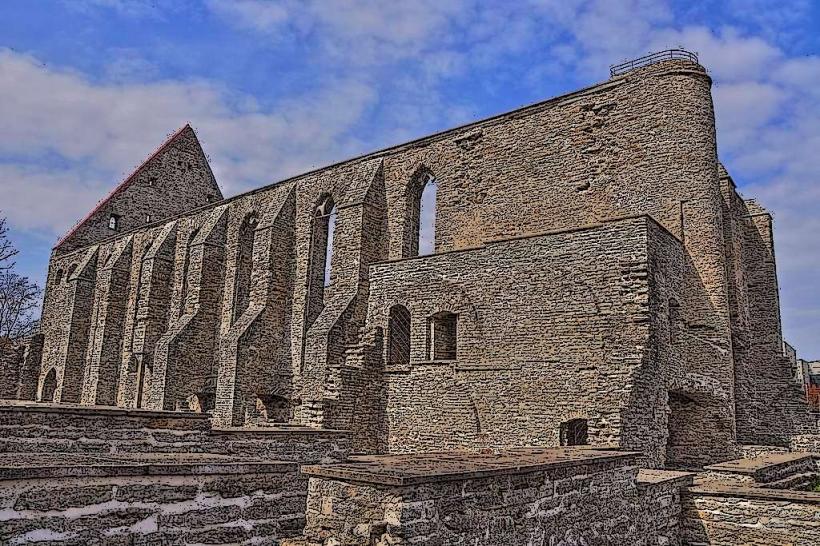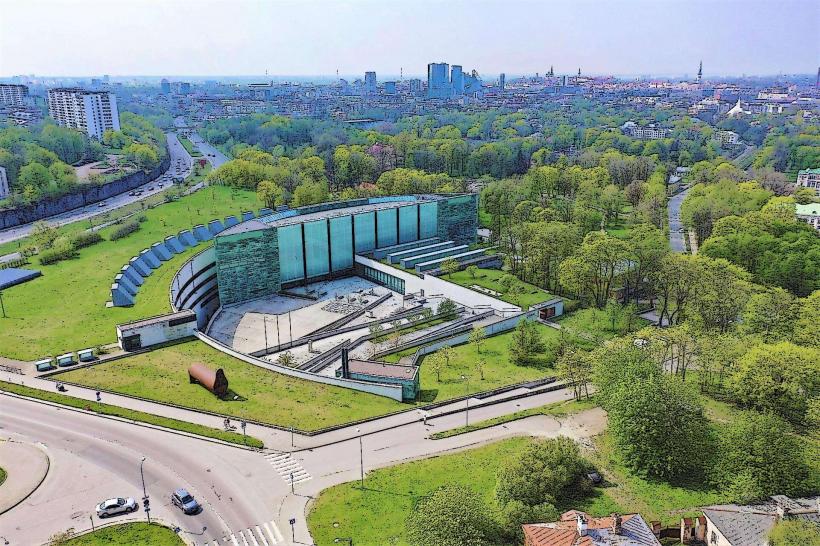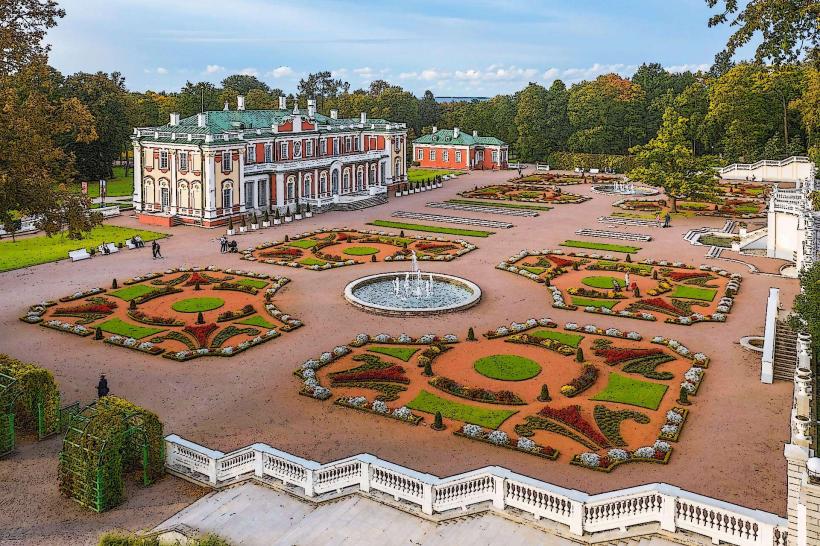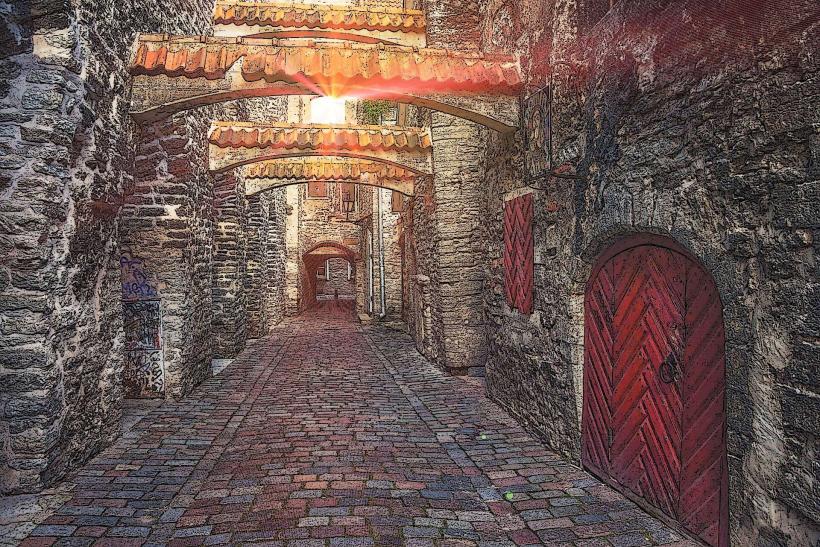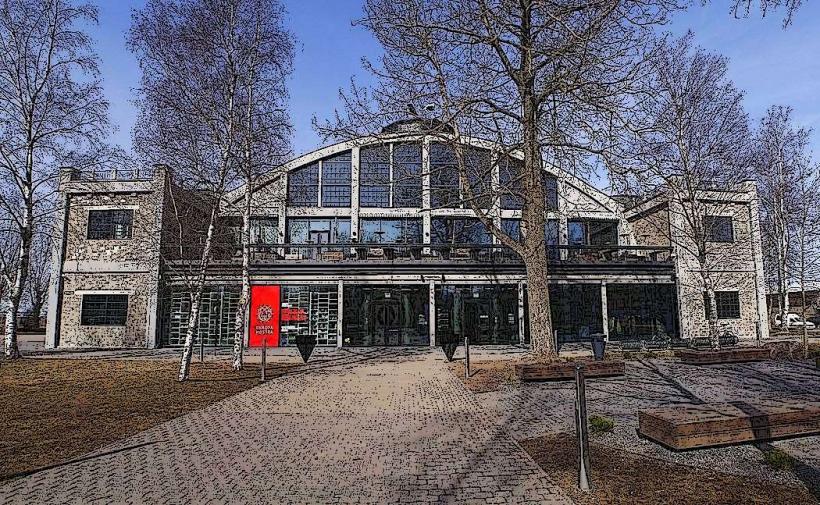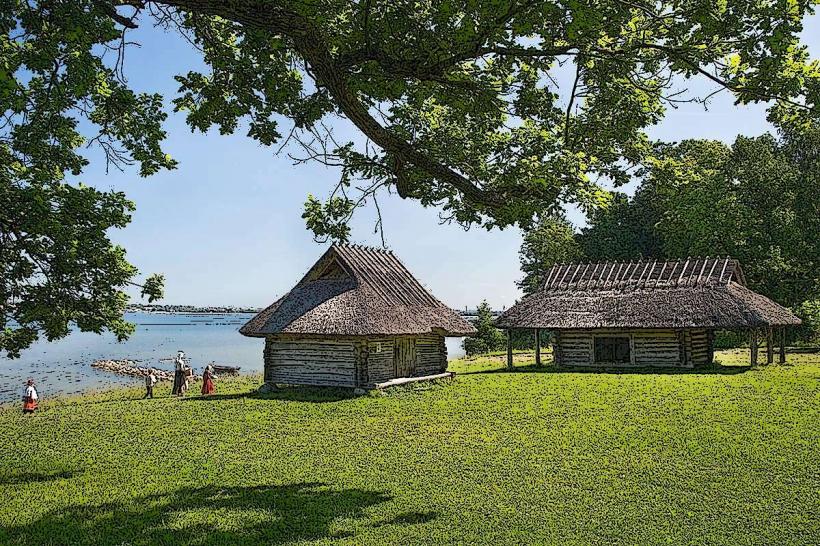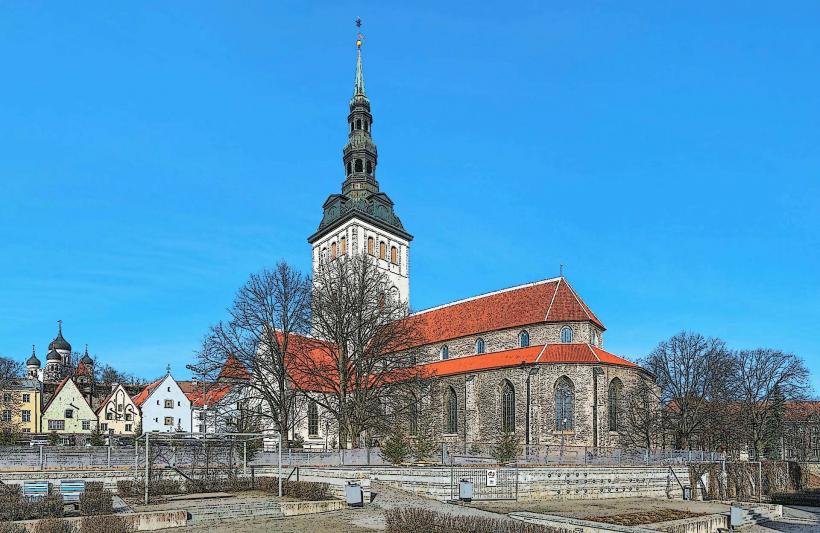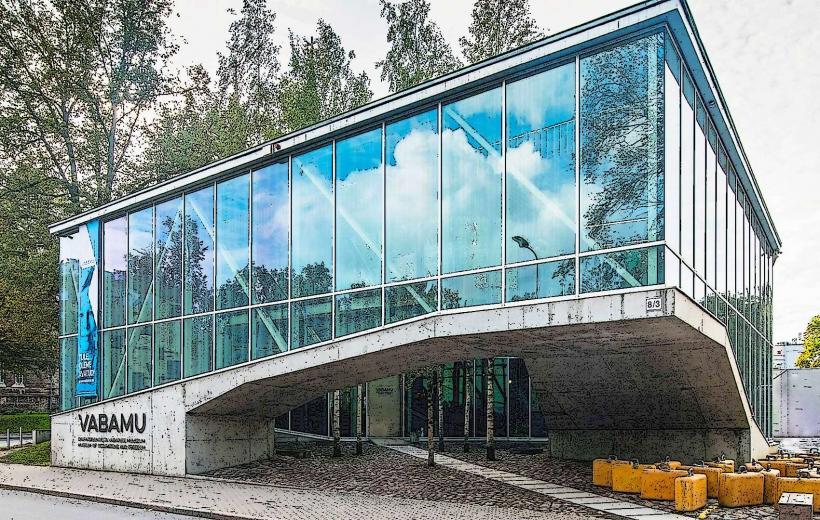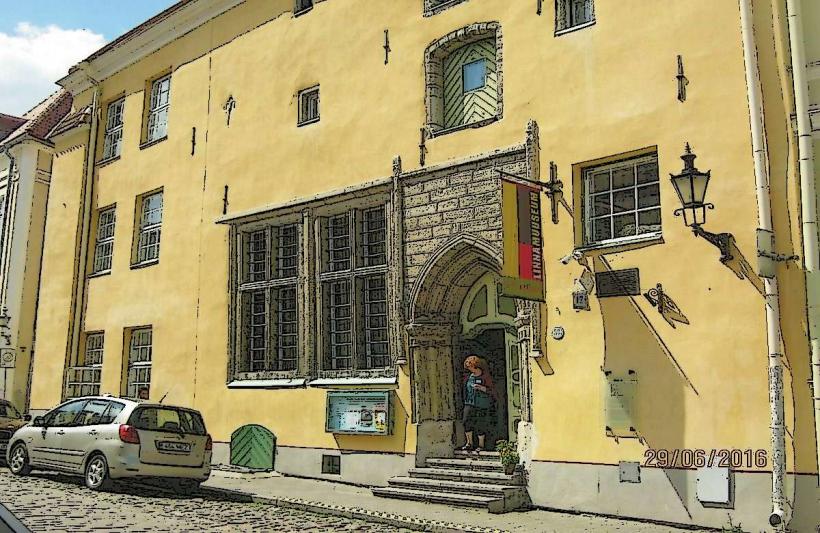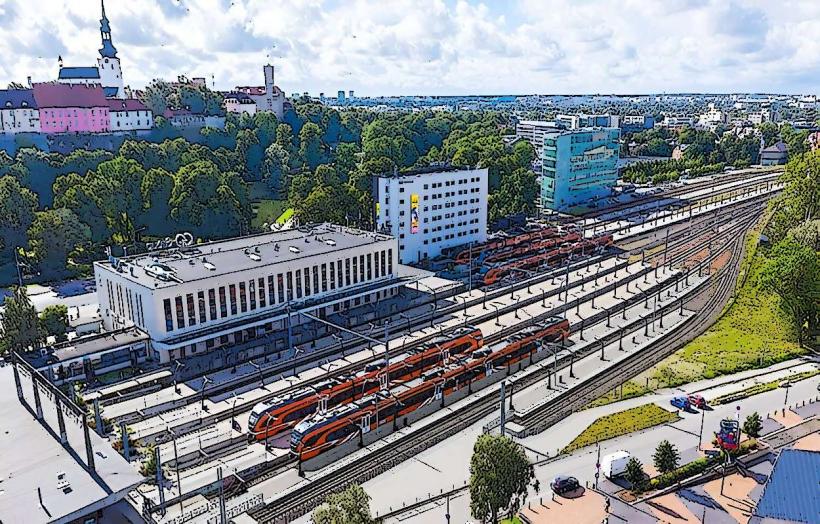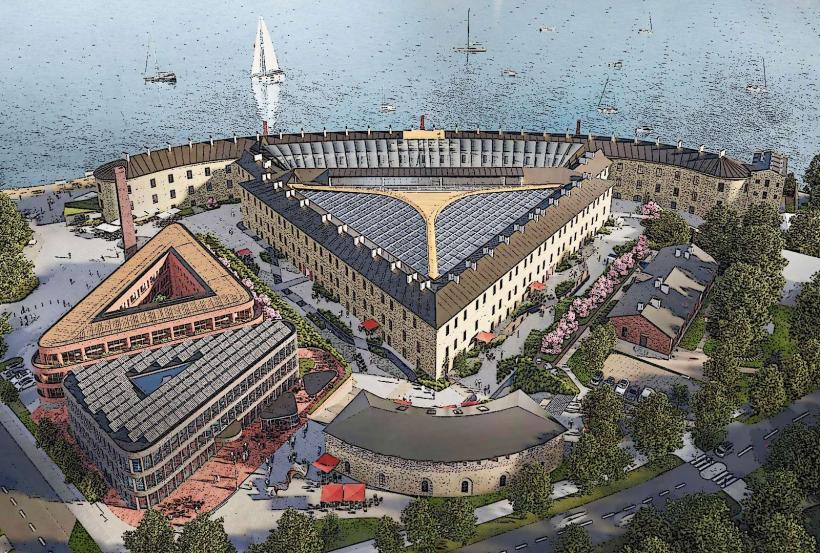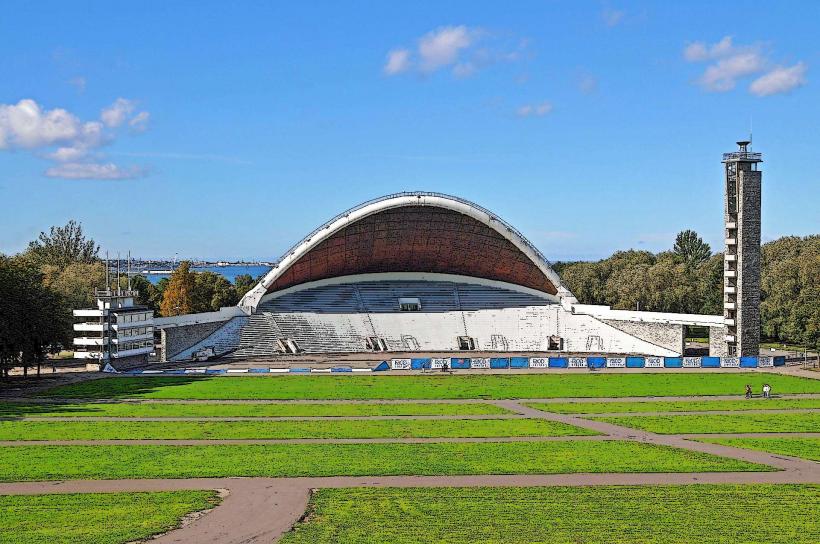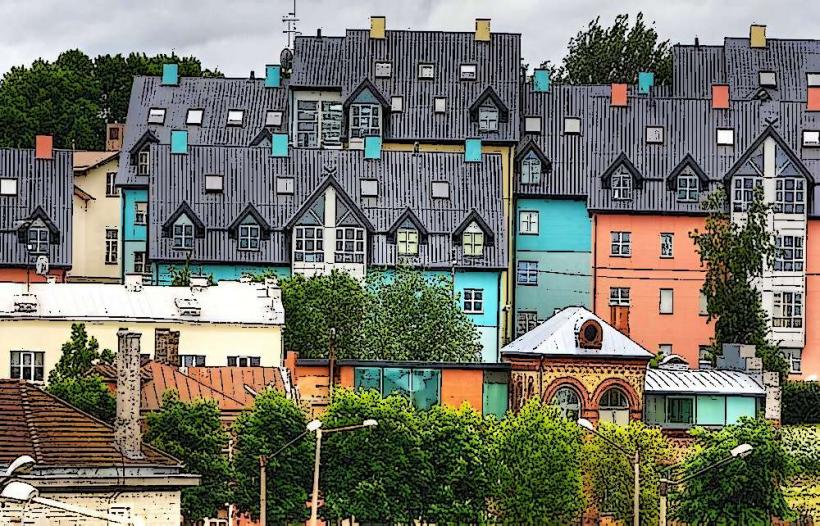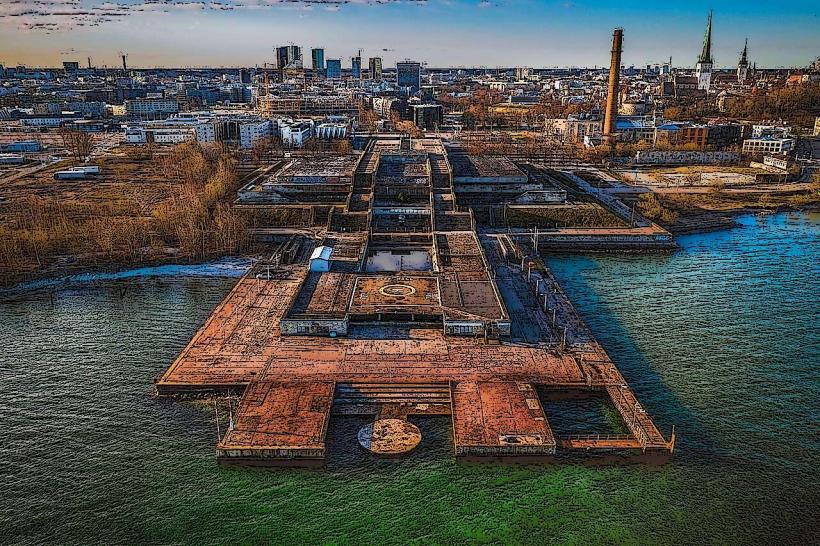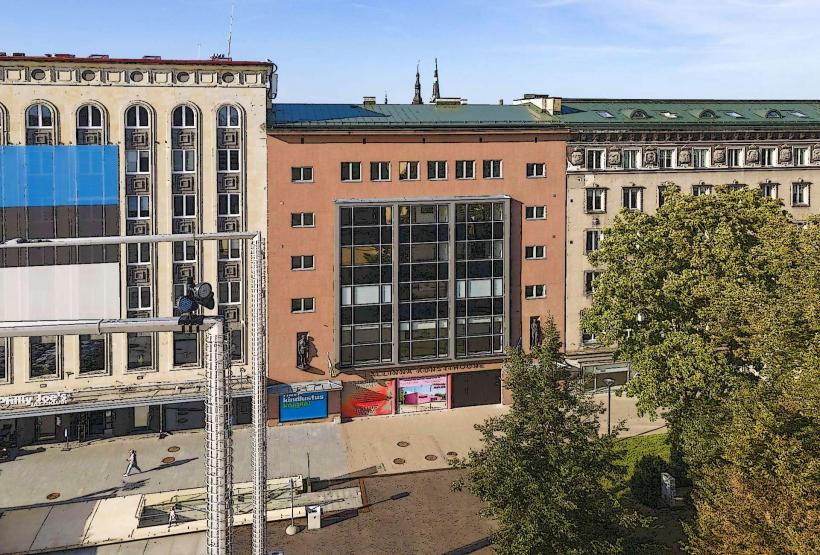Information
Landmark: Freedom MonumentCity: Tallinn
Country: Estonia
Continent: Europe
The Freedom Monument (Vabaduse Monument) is one of the most important national symbols of Estonia, commemorating the Estonian War of Independence (1918–1920), which secured the country’s sovereignty. Located in Tallinn, the monument stands in Freedom Square (Vabaduse Väljak), at the heart of the capital, and represents the enduring values of freedom, independence, and national pride. Here is a detailed overview of the Freedom Monument:
History and Significance
Estonian War of Independence:
- The Freedom Monument was erected to honor the soldiers and citizens who fought for Estonia's independence in the War of Independence (1918-1920), during which Estonia defended its sovereignty against Soviet Russia and the German Empire.
- The monument specifically commemorates those who died in the war, symbolizing Estonia's struggle for freedom and its successful fight to maintain its independence during a turbulent period in European history.
Post-Independence Period:
- Originally designed and envisioned in the interwar period, the Freedom Monument was initially planned to be completed by 1928. However, it was not finished until 1932 due to political and financial challenges during the early years of Estonia’s independence.
- The monument was unveiled in 1932, and it stood as a proud symbol of Estonia's independence until the country was occupied by the Soviet Union in 1940.
- The Soviet authorities dismantled the original monument after they took control, and it was not until 2009 that a new Freedom Monument was unveiled at Freedom Square, reflecting the importance of Estonia’s post-Soviet independence.
Design and Features
The Monument’s Structure:
- The modern Freedom Monument, unveiled in 2009, stands 45 meters tall and is made of granite and steel. It features a cross-shaped design symbolizing victory and freedom.
- The cross is the central feature, and it is elevated on a granite base that includes plaques commemorating the fallen soldiers of the War of Independence.
- The cross itself is crafted from three vertical steel columns, with one of the columns, made of polished granite, representing the unity of the country and its fight for independence.
Granite and Reflecting Pool:
- The monument is surrounded by a reflecting pool, enhancing the serene and respectful atmosphere of the site. The granite used in the monument symbolizes the strength and resilience of Estonia and its people.
- Inscriptions on the monument honor the Estonian soldiers who lost their lives in the war, with texts written in both Estonian and English.
Inscribed Texts:
- There are inscriptions on the monument that include historical references to the War of Independence and its importance in Estonia's history, paying tribute to the sacrifices made for the country’s sovereignty.
- The texts also honor the unknown soldiers who participated in the war and did not return home.
Cultural and National Importance
Symbol of National Identity:
- The Freedom Monument is one of the most potent symbols of Estonia's national identity, standing for the values of freedom, independence, and the sacrifice of those who fought for these ideals. It has become a place where people gather to celebrate Estonia's national pride and reflect on its history.
Role in National Celebrations:
- The monument plays a central role in national celebrations such as Independence Day (February 24), where Estonians gather to commemorate their independence from foreign powers and honor the legacy of the War of Independence.
- Official ceremonies and military honors are often held at the monument, where state leaders and officials lay wreaths and pay respects to those who contributed to the country's sovereignty.
Connection to Modern Estonia:
- The Freedom Monument has come to represent Estonia's modern identity, particularly after the country regained independence from the Soviet Union in 1991. It symbolizes the enduring connection between the Estonian people and the values of freedom and sovereignty, which remain at the heart of the nation.
Public Space and Reflection:
- In addition to its national importance, the monument is a place for the public to gather, reflect, and honor those who sacrificed for the freedom of the nation. Visitors and locals alike visit the monument to pay tribute to the past and enjoy its serene location in Freedom Square, a lively space that brings together both history and contemporary life.
Accessibility and Visitor Experience
Central Location:
- The Freedom Monument is centrally located in Tallinn’s Freedom Square, making it easily accessible from various parts of the city. It is surrounded by pedestrian areas, cafes, and green spaces, allowing visitors to enjoy both the monument and the vibrant city life.
Nearby Landmarks:
- The Freedom Monument is located near other key landmarks such as St. John’s Church and St. Nicholas' Church (Niguliste Kirik), creating a historical cluster in Tallinn’s Old Town that is ideal for those exploring the city’s rich cultural and architectural heritage.
Educational and Cultural Value:
- The monument provides educational opportunities for visitors, particularly those interested in Estonian history, especially the War of Independence and the Soviet era. Its design and inscriptions offer insight into Estonia’s journey toward independence, making it a meaningful stop for history enthusiasts and tourists alike.
Conclusion
The Freedom Monument (Vabaduse Monument) in Tallinn is one of the most significant and revered landmarks in Estonia, standing as a powerful symbol of the country's freedom, independence, and the sacrifices made by its citizens. Its elegant design, historical significance, and role in national celebrations make it a cornerstone of Estonian national identity. As a place for reflection, commemoration, and celebration, it draws both locals and tourists to connect with Estonia’s past and honor the values that shape its future.

